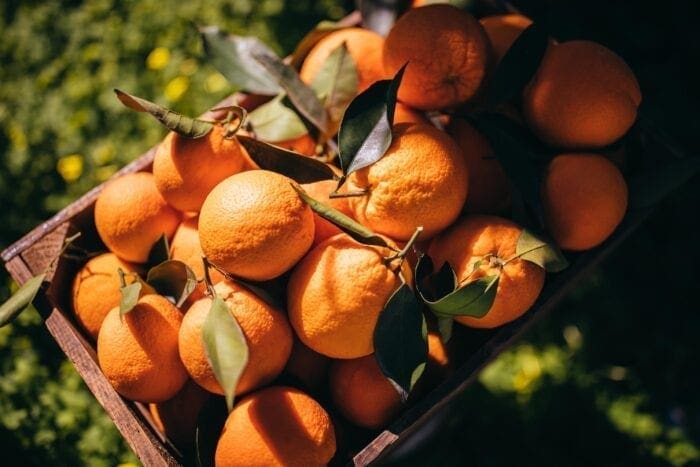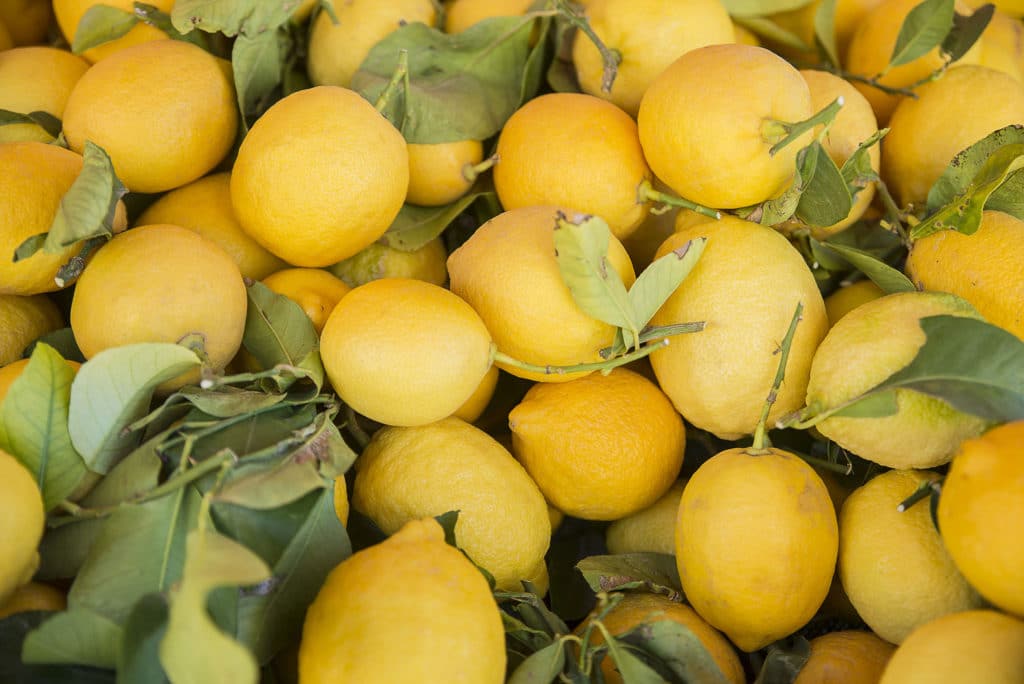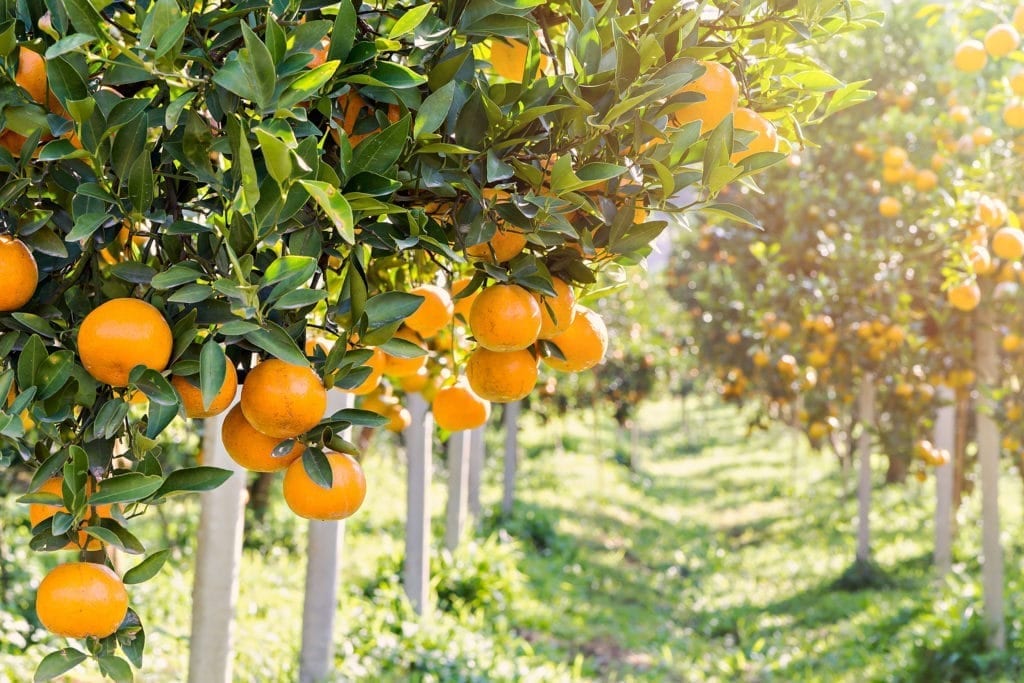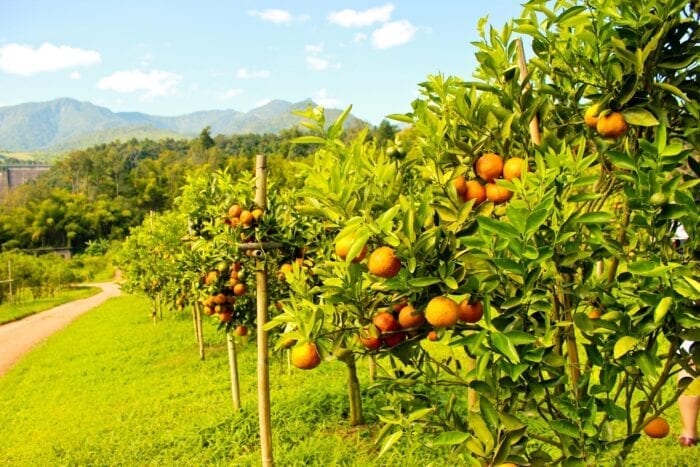December, 2023
Fundecitrus Report
December 2023
Fundecitrus recently published its second forecast of the 2023-2024 orange season within Brazil’s citrus belt, updating its total production estimate to 307.22 million boxes.
This update represents a 0.7% reduction, or around 2.12 million fewer boxes, compared to previous estimates. One of the primary contributing factors behind this reduction is the overall decline in fruit sizes – lack of rainfall between May and November restricted citrus fruits during a key growth period within Brazil’s citrus belt. Citrus greening also remains a concern within these estimates, as smaller fruit sizes are often associated with issues stemming from the disease’s spread.

Despite these challenges, Fundecitrus reported that fruit droppage rates decreased this year, which softened some of the initial impact of these effects, though it did not completely offset the decline. Farmers have also recently accelerated the rate at which they harvest citrus fruit, which leads to a shorter period for fruit development.
Moving forward, the El Niño weather pattern has taken effect within the region and will likely remain dominant throughout the first half of the 2024 season. El Niño often brings higher temperatures and drier weather conditions to Brazil, which has the potential to disrupt new citrus blooms. This pattern, combined with the UN World Meteorological Organization’s (WMO) predictions that 2024 will be another year with record-breaking temperatures, seems to indicate that the orange market will remain high throughout the early months of 2024.
Regional Update: Argentina
Argentina re-entered the EU citrus market in November after more than 20 years of absence due to export restrictions.
As one of the largest citrus producers in South America, Argentina plays a vital role in the fresh and processed fruit market. The reopening of the EU citrus market to Argentina marks an important economic milestone for the future of citrus production within the nation. As exports of citrus grow, so too does commerce and employment opportunities for those operating within Argentina. Production of organic citrus in Argentina is also expected to expand in-tandem with the rising global demand for organic products.

In 2023, Argentinian citrus production was around 10% lower than the previous season. This recent dip in production is mainly attributed to poor weather conditions, which resulted in harvest delays near the beginning of the season.
Regional Update: Brazil
Researchers at the Center for Advanced Studies on Applied Economics (CEPEA) have predicted that a new heat wave will envelop São Paulo state in early 2024. These heightened temperatures are expected to linger throughout the 2024-2025 growing season, which has the potential to affect citrus production within Brazil’s citrus belt.
The region has already endured higher-than-average temperatures throughout November 2023, resulting in early blooms. Fields and orchards with strong irrigation systems can often mitigate the worst of these effects, though they become increasingly difficult to manage as heat waves and droughts persist.
Regional Update: USA
The California Department of Food and Agriculture (CDFA) has recently established an expanded quarantine area for citrus greening after new research and damage assessments were conducted alongside the U.S. Department of Agriculture (USDA) and San Diego County authorities.

This quarantine marks the first time the greening disease (HLB) has been confirmed in Valley Center, California, making it the third area within San Diego Country to test positive for HLB. The disease is a tree-killer that has already caused a 70% reduction in Florida’s orange crop since 2005, as well as widespread fruit loss in other regions such as Mexico and Brazil.
Quarantined areas prohibit residents and commercial operations from removing any plants hosted within that area, and all fruits grown within quarantined regions are subject to additional testing and examination before they can be cleared for exiting the quarantined region’s borders.
Regional Update: Mexico
Prices for orange fruit, orange oil, and its various derivatives continue to remain near all-time highs, as demand for NFC (not from concentrate) juice and fresh citrus remains strong. Poor weather conditions and the persistent presence of citrus greening within key growing regions of Mexico have resulted in year after year of difficult growing seasons for farmers. As such, prices for orange oil and its derivatives are expected to remain consistent throughout early 2024.
Posted In:
Feature Articles - Market Report - Uncategorized - Citrus Greening 2023 - Citrus Market - Fundecitrus Report - Lemon Market 2023 - Lemon Market 2024 - Lemon Oil Argentina - Lemon Oil California - Orange Market 2023 - Orange Market 2024 - Orange Oil Argentina - Orange Oil Brazil - Orange Oil California - Orange Oil Mexico - USDA
